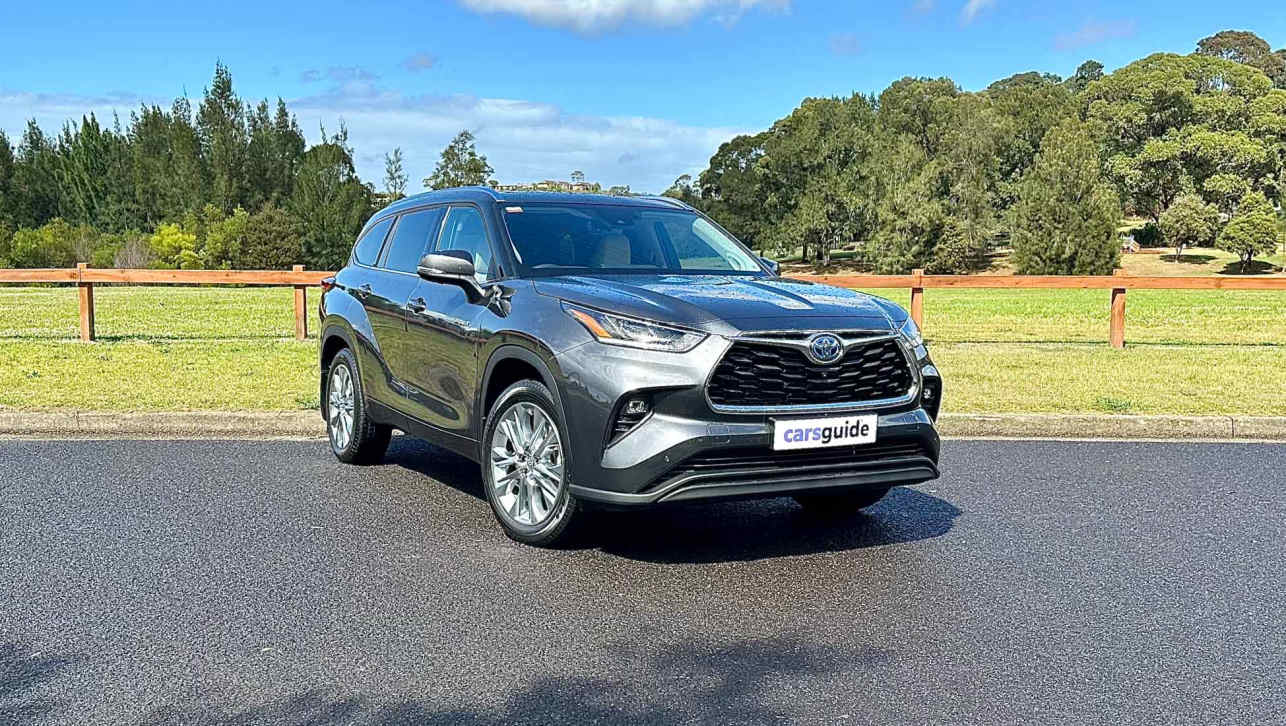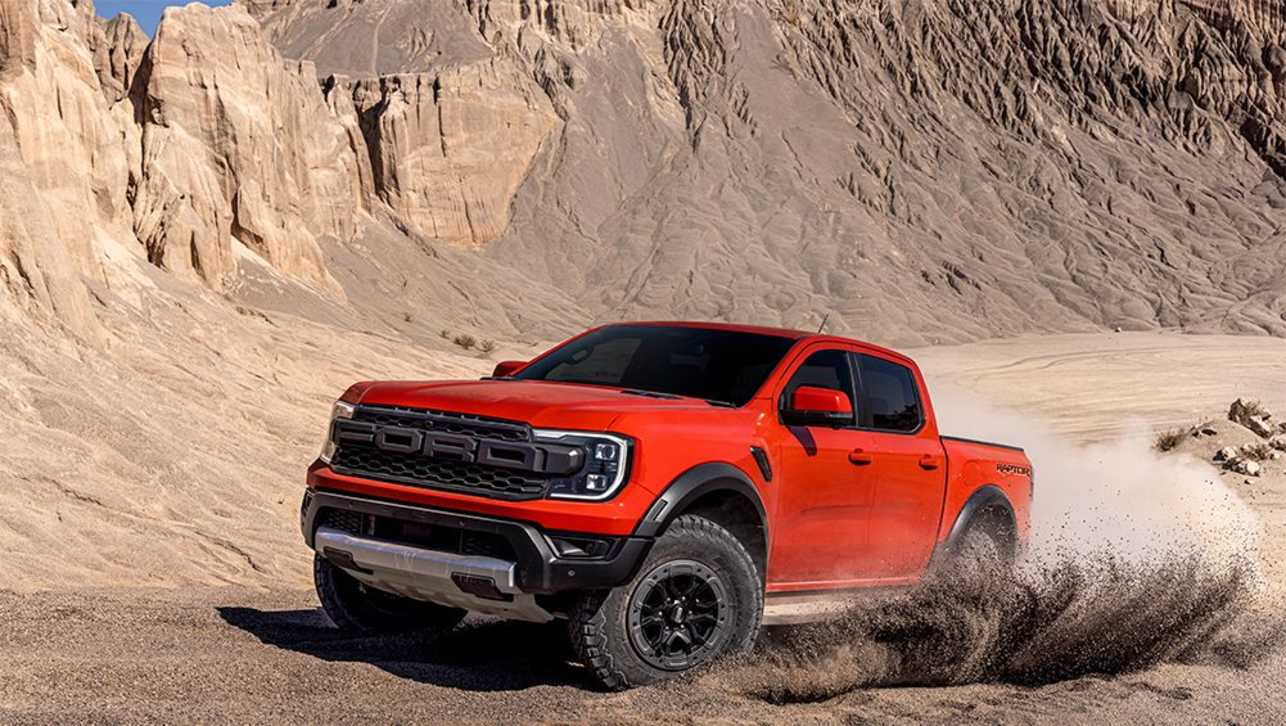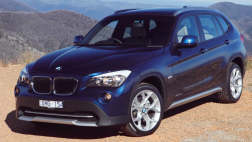Volkswagen is expanding its "niche" garage with the arrival of a lifestyle duo in the shape of the Kombi Beach and the Caddy Life. While both cars come off platforms from VW's commercial line – the T5 Multivan and the Golf-based Caddy – there is more than a touch of irony that the much larger Beach is a four-seater while the compact Caddy Life will take seven.
"Caddy Life is a very practical car that we believe will appeal to quite a wide selection of buyers while the Kombi Beach is more about emotion," Volkswagen Group Australia managing director Jutta Dierks says.
"I have quite high expectations for the Caddy Life as it is so practical and will suit a wide variety of functions. Kombi Beach is a little more specific in its appeal."
In the case of the Kombi, the emotional twinges go back to the original microbus models of the late 1950s and '60s – cheap transport of choice for the waxheads and hippies of the freedom culture.
With the stylish Microbus Concept, first unveiled at Detroit almost five years ago, so far to the back-burner that the gas has been turned off, Kombi Beach is about as near as any of the '60s free-stylers who have made good are going to get to a modern version of the car of their youth.
As VW discovered with the New Beetle, the search for lost youth can stir up serious emotions and provide a reasonable profit stream, at least in the short term.
What those in search of the good times of their youth discovered was that memories came at a price and Kombi Beach is no different. Starting at $54,990 for the six-speed manual and topping out at $58,990 for the manual 4Motion (AWD) model, the Beach is no bargain-basement buy. Most owners will likely add at least the 16-inch alloys ($1650) in place of the standard steel wheels and the side and curtain airbag package ($595) to supplement the standard twin airbags.
Given that rear vision from the Kombi is severely restricted, the optional reverse parking sensors ($475) should be compulsory.
The sole engine choice is a 96kW 2.5-litre inline five-cylinder diesel coupled to either the six-speed manual or six-speed automatic.
Anti-skid braking, electronic brakeforce distribution, brake assist and traction control are all standard. Stability control will be available as an option from next year.
While the Kombi has plenty of clever touches throughout – heaps of rear space, full-sized double sleeping capability, a free-standing table tucked into the door, which also doubles as an in-car dining table, swivel front seats to utilise that dining table and storage solutions galore – there is also plenty of evidence of the fight to contain costs.
Once you lose your place at the front, the experience is decidedly one of being in the cheap seats. The rear bench-seat (for two) is flat foam – like the bed it becomes – with no lateral support. Maintaining balance and poise is a full-time job on anything but flat, straight roads. Hard surfaces predominate.
Both test cars sampled on the launch had rattles, which tracked back to fixing points on interior panels. Trim in general is fairly basic.
There are mounting points on the roof for additional storage racks (up to 100kg) for a range of luggage or leisure items such as bikes, boards or canoes. However, take note that you had best have a step ladder or two in the car because those racks are a long way up.
From the driver's seat, the Kombi Beach is competent and reasonably comfortable but doesn't set benchmarks. NVH isolation of the engine is not that good and every straining of the 2.5-litre diesel is transmitted to the cabin. Yet once up and running, the inline diesel is quite a companionable highway cruiser.
Airconditioning is standard, as is a four-speaker sound system, a second maintenance-free battery and a pair of folding chairs for kicking back to watch the sunset.
And if the Kombi Beach is a costly bid to recapture youth, the Caddy Life offers a bargain entree into the future.
Small "people movers" have not traditionally set the world on fire. The very thought of cramming seven people into something acknowledged as small was never attractive. Add compromised drive dynamics and there wasn't a lot to like.
Caddy Life has the potential to change that thinking. The car is not perfect, some way from it, in fact, with a third row of seats that cannot be folded out of the way but must be removed (ask a friend to help as the unit weighs in at over 50kg) if any pretence of luggage space is required.
That same third row of seats would also be an uncomfortable squeeze – legroom only as head and shoulder space is adequate – for adult passengers. Those two gripes aside – and both could be tolerated for the benefits the car offers – the Caddy Life is one of the surprises of the year to date.
With engine, gearbox and up to 40 per cent of the remainder of the car sourced from the Golf V, it is no surprise the Caddy Life is a lively character.
Even sharing its leaf-spring rear end (albeit with one less leaf) with the light-commercial Caddy doesn't significantly diminish the drive enjoyment.
What should really bring a smile to the face of anyone shopping for the Caddy Life is the pricing. The entry-level 75kW four-cylinder petrol with five-speed manual is $27,990.
The far more desirable 77kW four-cylinder 1.9-litre TDI coupled to the same gearbox is $31,990 while that engine with a six-speed DSG gearbox is $34,990.
Behind the wheel the Caddy Life gives a great impersonation of a Golf. It's not the same but a fairly good approximation.
The instrument panel and comfort controls echo the Golf and the general feel of the tactile surfaces is quality. There are some cost cuts, including the fixed height on the B-Pillar seatbelt anchor points, no front mats and the use of a single CD sound system.
On the plus side is an Aladdin's cave of storage bins, some obvious in doors and centre consoles, others hidden away beneath seats, floors or overhead in the front cabin.
The special edition Caddy Life Camper ($39,990 for the 1.9-litre TDI manual) can even be converted into a comfortable sleep-in getaway van with tent annexe. VGA says "a couple of hundred" Caddy Life are on order to test the car's appeal in the Australian market. Based on just a few hours spent with the car, that seems very pessimistic.







.jpg)
.jpg)
.jpg)

.jpg)










.jpg)
.jpg)






Comments